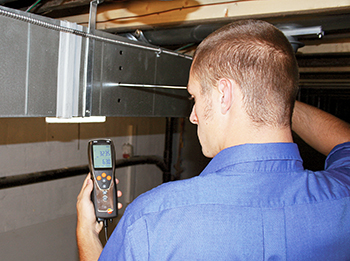
ABC’s Part 7, continued
Digital Anemometer: There are numerous digital anemometers on the market from a variety of manufacturers. Prices range from $300 to over $2,000 depending on accuracy, repeatability, and features. The tool of choice here is a hot wire anemometer as opposed to a rotating vane model. Hot-wire anemometers stay calibrated longer since there are no moving parts to wear out.
It’s also easier to perform accurate traverses with a hot wire as the measurement is taking place over a smaller area with little or no interference from the instrument. I recommend using a digital multimeter that incorporates a highly accurate anemometer, a digital manometer, and an accurate humidity sensor. This instrument can quickly pay for itself by taking hours of work out of traversing ducts and grilles since it does all of the tedious calculations for you at the push of a button.
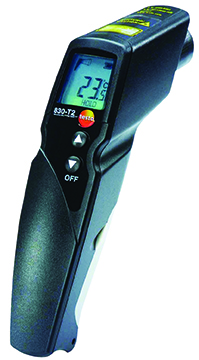 Infrared Thermometer: An infrared thermometer is a must-have tool for diagnosing system performance. It can be used for a variety of diagnostics tests including measuring grille temperatures, calculating wall and ceiling R-values, ‘nding missing insulation, identifying thermal bypasses, and more.
Infrared Thermometer: An infrared thermometer is a must-have tool for diagnosing system performance. It can be used for a variety of diagnostics tests including measuring grille temperatures, calculating wall and ceiling R-values, ‘nding missing insulation, identifying thermal bypasses, and more.
The quality of infrared thermometers can vary with prices ranging from $100 to more than $500. Prices typically depend on the ‘eld of view.
Field of views vary from 4:1 to 30:1. The higher the number, the tighter the circle the infrared sensor will
focus on.
This is very important when you’re shooting a grille 18 feet up in the air on a cathedral ceiling. The higher the ‘eld of view, the more likely you’ll be measuring just the grille surface temperature. Make sure the thermometer has a laser pointer so you can precisely target the spot you’re trying to measure.
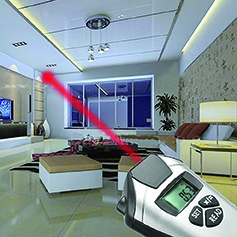 Ultrasonic Tape Measure: While you can measure rooms with a tape measure to calculate heating and cooling loads, this device, typically available with a laser target for less than $50, speeds up the process and helps you project a more professional image with your customers. These devices take practice to get reliable numbers, but allow quick, reliable room measurement.
Ultrasonic Tape Measure: While you can measure rooms with a tape measure to calculate heating and cooling loads, this device, typically available with a laser target for less than $50, speeds up the process and helps you project a more professional image with your customers. These devices take practice to get reliable numbers, but allow quick, reliable room measurement.
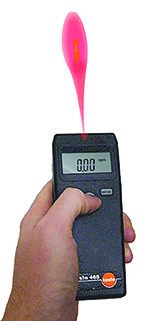 Digital Tachometer: If you’re installing or servicing belt-driven packaged equipment, a digital non-contact tachometer allows you to accurately measure and adjust fan speed.
Digital Tachometer: If you’re installing or servicing belt-driven packaged equipment, a digital non-contact tachometer allows you to accurately measure and adjust fan speed.
Remote Clamp-on Amp Meter: When adjusting pulleys to increase air’ow on belt-driven blowers, it’s critical to check amp draw so as not to overload the motor. To get accurate air’ows and amp draw, this must be done with the blower compartment door on. A one-piece clamp-on meter won’t work in this scenario. A clamp with a 3-ft. lead is needed to perform the test. Remote clamps come as plug-ins or standalone units ranging from $100 to $300.



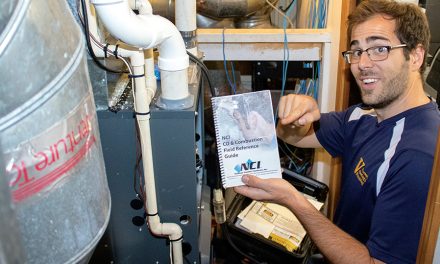


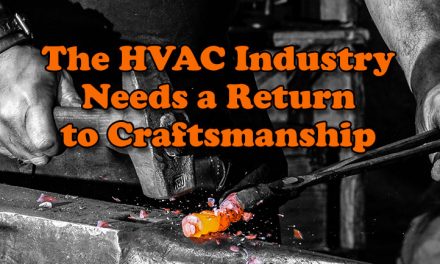






Recent Comments